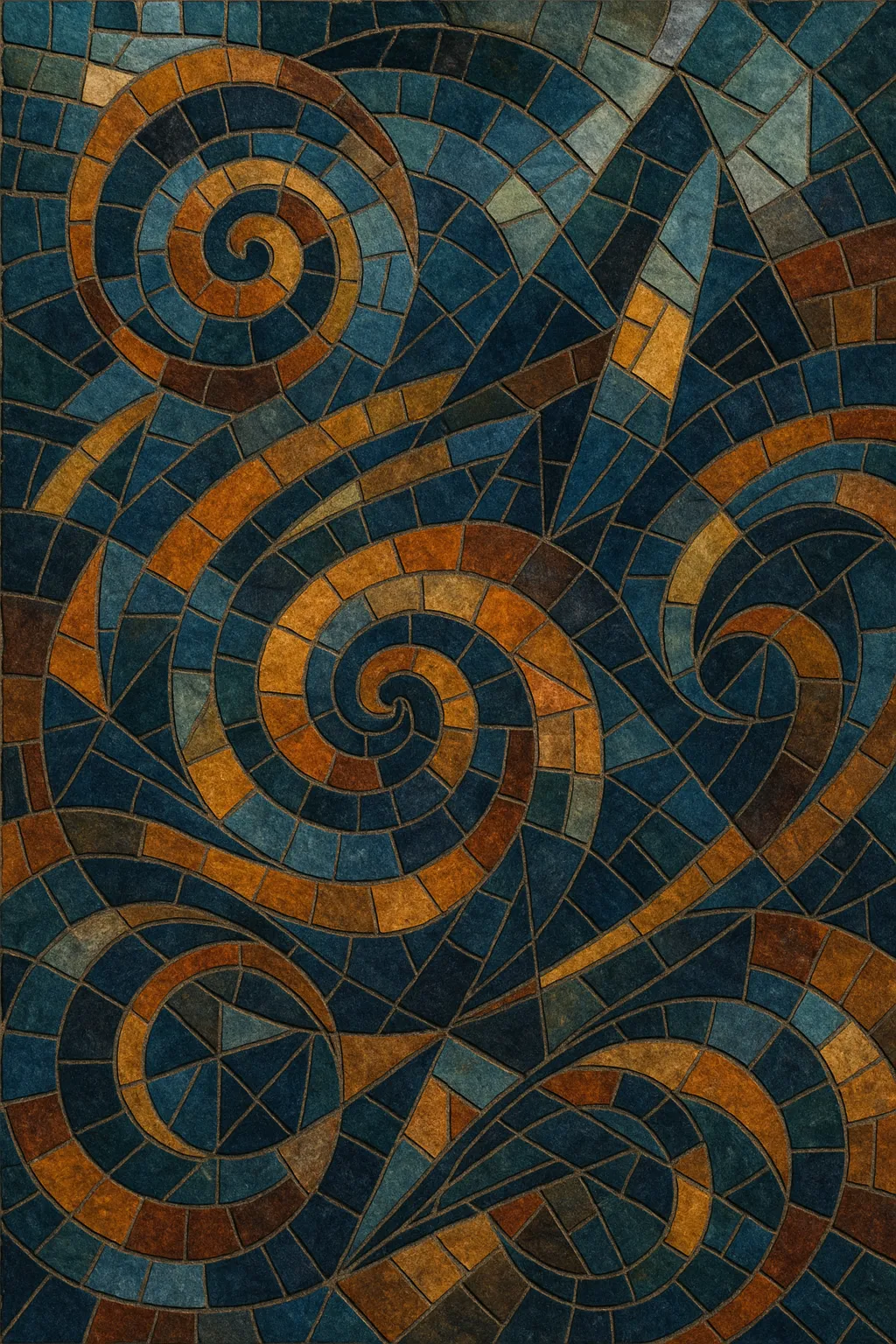
Progressive is an umbrella aesthetic that prioritizes musical development—extended forms, evolving arrangements, sophisticated harmony, and conceptual ambition—over verse–chorus simplicity.
Emerging from late-1960s rock and psychedelia, the progressive approach soon permeated multiple styles (rock, electronic, metal, pop, dance music), where "progressive" signals pieces that unfold gradually, introduce new motifs across long arcs, and use timbral and harmonic exploration as core drama.
Across its variants, listeners can expect longer tracks, thematic continuity (sometimes across whole albums), expanded instrument palettes (from orchestral colors to synthesizers), odd meters, key changes, and a narrative sense of journey.
The term "progressive" first solidified in the late 1960s UK rock press to describe bands moving beyond blues-based pop toward longer forms, studio experimentation, and classical/jazz concepts. Psychedelic rock’s exploratory ethos, combined with art rock’s conceptual framing and the influence of modern classical and jazz, set the foundation.
In the 1970s, the progressive ethos flourished in several directions: progressive rock (suites, concept albums, virtuosity), jazz fusion (complex rhythm and harmony with amplified timbres), and progressive electronic (Berlin School sequencer music and expansive synthesizer soundscapes). Album-oriented listening, advances in studio technology, and touring spectacles reinforced the movement’s scale and ambition.
Though tastes shifted toward punk, new wave, and pop in the early 1980s, the progressive impulse resurfaced in new forms: neo-progressive rock renewed symphonic and narrative elements; progressive metal married technical riffing with multi-part song structures; and in club culture, "progressive" denoted long-form, slowly evolving tracks—leading to progressive house and progressive trance, where arrangement and texture development became the hook.
Progressive principles now span rock, metal, electronic dance music, pop, and experimental scenes. Artists fold in polyrhythms, non-standard meters, modular synthesis, and cinematic production, balancing accessibility with depth. The term "progressive" remains a marker of structural development, textural evolution, and conceptual scope rather than a single fixed sound.

